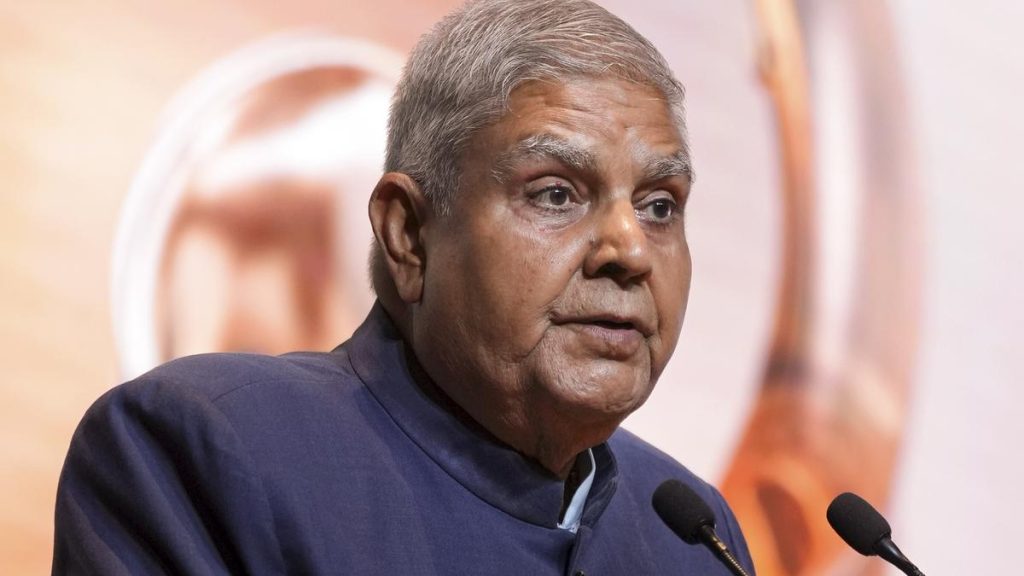Now Reading: Skill Gap Challenges Millions of Jobseekers in India
-
01
Skill Gap Challenges Millions of Jobseekers in India
Skill Gap Challenges Millions of Jobseekers in India

Quick Summary
- India is at a pivotal stage of demographic transition, wiht more working-age individuals than dependents-a condition that will last for three decades.
- Economic growth has not resulted in sufficient job creation; significant examples include 12.5 million applications for 35,000 junior railway positions in 2022.
- Teh Indian government has initiated an employment-linked incentive program, offering Rs. 3,000 per month and social security payments to employers hiring new workers for up to four years (in manufacturing sectors).
- Employers frequently enough highlight skilled labor shortages rather than wage constraints as barriers to hiring even in populous India.
- Key challenges include poor primary education outcomes and vocational programs disconnected from private-sector needs:
– Only one in four third-graders achieves expected numeracy levels by second grade standards.
– Industrial Training Institutes have minimal job placement results (<0.1% recorded placements).
- Wages for skilled workers barely exceed those of unskilled labor (~20-25% difference), disincentivizing skilling efforts among workers.
- Minimal social safety nets discourage risk-taking toward investing in human capital.
Indian Opinion Analysis
india’s demographic advantage presents a rare chance but also considerable responsibility to ensure productive employment creation and a lasting future. While the government’s subsidy-based incentives aim to encourage hiring, they may not sufficiently address the foundational barriers-such as inadequate skill development and weak economic incentives-that constrain workforce quality.
The evidence from both primary education gaps and vocational training inefficiencies suggests that systemic reforms are essential rather than temporary handouts linked primarily to cost reduction strategies within industries. Strengthening schools’ output, aligning technical training curricula with market demands, expanding placement networks, and improving accessibility through innovative tools like digitization could meaningfully improve worker readiness.
Furthermore, India’s compressed wage structure makes investments in skilling economically unattractive for individuals while minimal safety nets amplify economic insecurity associated with private jobs. Reforming these areas could generate lasting benefits by enabling risk-taking behavior among workers seeking skill acquisition across diverse sectors including manufacturing.
short-term subsidies alone might offer limited gains without addressing structural issues threatening long-term employment potential during India’s critical window of demographic advantage.























